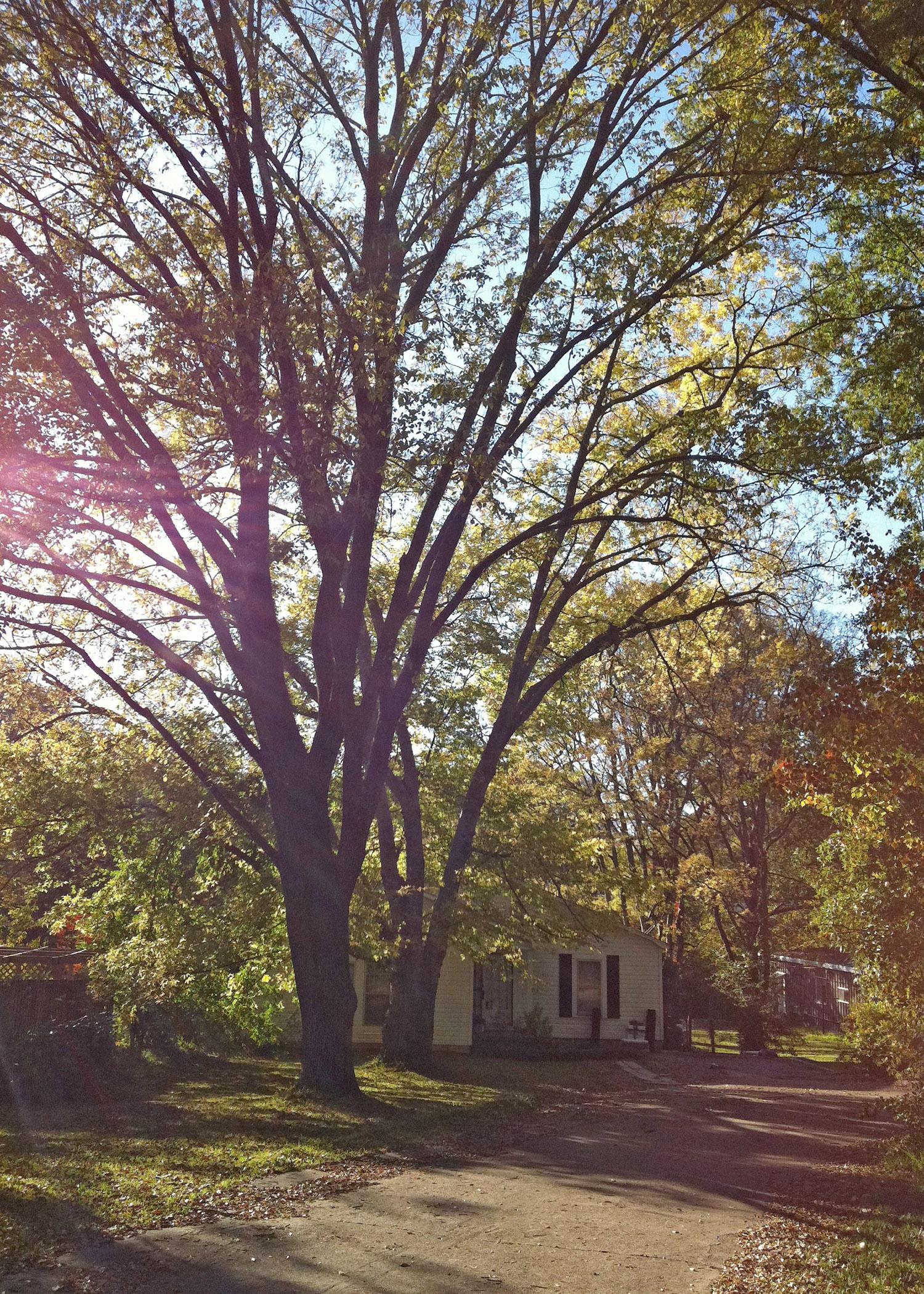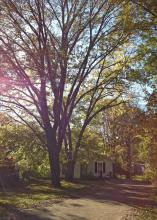Information Possibly Outdated
The information presented on this page was originally released on May 9, 2013. It may not be outdated, but please search our site for more current information. If you plan to quote or reference this information in a publication, please check with the Extension specialist or author before proceeding.
Careful tree placement can add beauty, value
MISSISSIPPI STATE – Planting the right trees in the best locations is a good investment that can also pay dividends in energy savings for home and business owners.
Bob Brzuszek, associate professor in Mississippi State University’s Department of Landscape Architecture, said planting trees that block the summer sun on the south and west sides of buildings and roofs can substantially reduce air-conditioning costs.
“Researchers at the U.S. Department of Energy have determined that a few well-placed trees can save an average-sized household up to $250 in utility bills per year,” Brzuszek said. “They also increase property resale value between 10 and 15 percent.”
Businesses that provide attractive entries or green space see more foot traffic and income revenues, he said.
“Not only do trees provide substantial cost savings, but they also provide visual screens from adjoining properties, prevent soil erosion, improve air quality, provide important wildlife food and habitat, and provide pleasant settings for the community,” Brzuszek said.
Brian Templeton, Extension associate in landscape architecture, said many consumers think about planting trees in the spring, and garden centers and plant outlets stock up on a variety of trees to accommodate shoppers.
“Late fall and winter are the optimum times for planting trees in Mississippi, but they can be planted in spring if supplemental water is given during dry periods,” Templeton said.
He urged customers to do some research before purchasing trees.
“Customers often ask for fast-growing trees such as willow and river birch, but these quick growers tend to be weak-wooded and often suffer damage in wind or ice storms,” Templeton said.
Trees with specific ornamental characteristics like profuse blooms or good fall color, such as Bradford pear and sugar maple, also suffer from short lives and weak wood.
“Trees such as red maple, sweet bay magnolia and red oak tend to be medium fast in growth but suffer less damage,” Templeton said.
While a number of trees can be grown in Mississippi, it is best to select trees that are drought tolerant, can handle the state’s temperature extremes, and are not prone to serious insect or disease problems.
Many native trees are long-lived and hardy species. These include Southern magnolia, live oak, red oak, bald cypress, American holly, swamp chestnut oak, nuttall oak, willow oak, deciduous holly, yaupon holly, Eastern red cedar, black gum, redbud, hawthorn and wax myrtle.
“Exotic species that do well in our area include crape myrtle, dawn redwood, gingko, Chinese elm, amelanchier, Kousa dogwood and saucer magnolia,” Templeton said.
Brzuszek said it is important to place trees carefully. Avoid planting them underneath or near overhead utility wires and building rooflines because that may cause future problems. Call Mississippi One-Call at (800) 227-6477 or 811 to check for buried lines before digging.
Large trees need a large area for their roots to grow and ideally should be planted at least 30 feet from foundations and pavement.
Mississippi’s soils can range widely in moisture content and from acid to alkaline conditions. A soil test done by the Mississippi State University Extension Service’s Soil Testing Laboratory can provide valuable information on whether a soil type is suited for a particular tree. Find information on how to test soil samples.
For more information on trees that grow well in Mississippi, visit the MSU Extension website. Available publications include “Selecting Landscape Trees” and “Native Trees for Mississippi Landscapes.” The Mississippi Urban Forestry Council provides a free online publication, “Mississippi Trees for Urban and Rural Landscapes,” at http://www.msurbanforest.com/mississippitrees_final.pdf.



